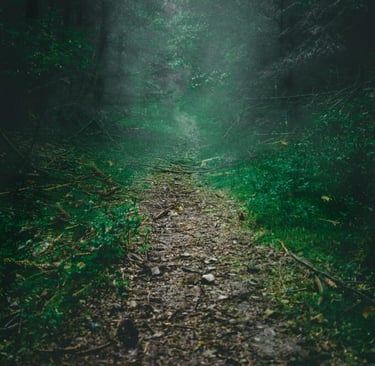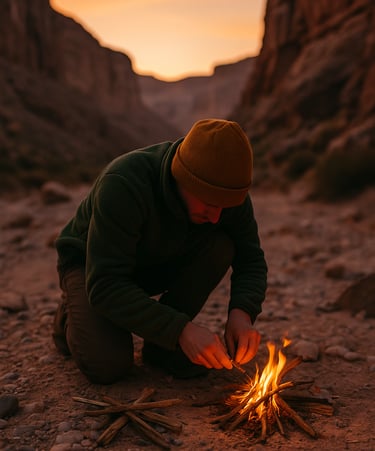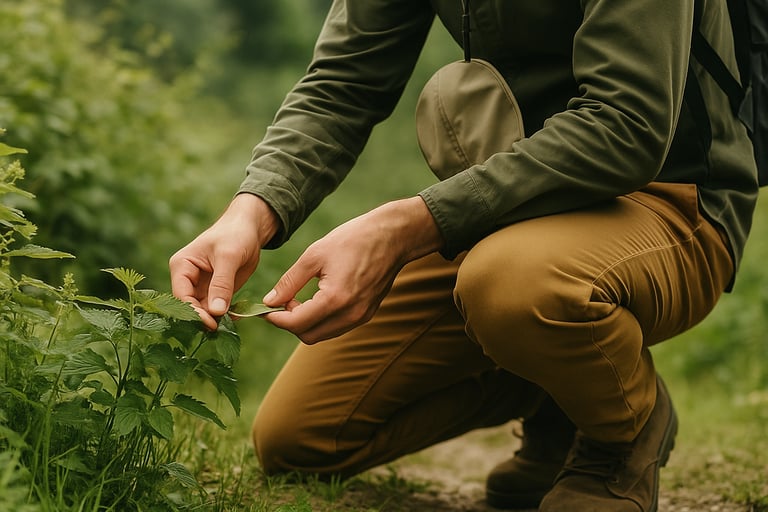How to Survive Alone in the Wilderness: A Solo Survival Guide
Master the art of solo wilderness survival with essential skills, mindset tips, and self-reliance strategies. Learn how to survive alone in the wild—mentally, physically, and emotionally.


Surviving Alone in the Wilderness: How to Master Solitude and Self-Reliance
While many of us enjoy occasional moments of solitude, surviving alone in the wilderness is a challenge no one wants to face unprepared. Whether it’s a planned solo trip or an unexpected emergency, knowing how to survive on your own is a powerful skill. In this guide, we’ll break down how to mentally and physically prepare for solo wilderness survival — from self-reliance to shelter, safety, and mindset.
Mindset and Mental Preparedness: The Foundation of Solo Survival
Setting Realistic Expectations
Going it alone means facing challenges that are both physical and psychological. Start by setting realistic expectations for what solo survival will demand from you. Know your limits, assess the risks, and plan accordingly.
Developing a Positive Mindset
Isolation can take a toll on your mental state. Cultivate a resilient mindset by practicing mental endurance, staying calm under pressure, and reminding yourself that solitude doesn't have to equal helplessness.
Basic Survival Skills: Navigating Nature’s Challenges Alone
Building Shelter
When you’re on your own, shelter becomes even more critical. Learn how to build basic shelters like lean-tos, tarp shelters, or debris huts using the natural materials around you. A well-built shelter will protect you from rain, wind, cold, and wildlife.
Finding and Purifying Water
Hydration is your top survival priority. Master how to find natural water sources like streams, snow, or dew. Then purify it using boiling, filtration, or purification tablets to avoid illness.
Foraging for Food
In a solo scenario, food becomes more than just nutrition — it’s a morale booster. Learn to identify edible plants, insects, and small game native to your area. Knowledge is your best defense against toxic mistakes.
Navigating Without GPS
Technology isn’t always reliable in remote areas. Practice using a map and compass, and learn to read the land using sun position, terrain features, and trail markers. These are critical skills if you become disoriented.
Safety Measures for Solo Explorers: Minimizing Risk
Emergency Signal Techniques
Solo hikers need a reliable way to call for help. Learn how to create effective visual and audio signals — from SOS messages made with rocks or branches to mirror flashes or whistle codes.
Carrying a First Aid Kit
When help is far away, you are your own medic. Carry a first aid kit that’s customized for solo situations — include trauma items, medications, and wilderness-specific supplies like tweezers and insect sting treatments.
Understanding Wildlife Behavior
Being alone makes you more vulnerable to animals. Learn how local wildlife behaves, what signs to look out for, and how to avoid encounters. Never leave food scraps behind, and always store food properly.
Coping with Isolation: Staying Mentally Strong
Establishing a Routine
Create structure in your day: set up your shelter, collect water, gather food, and maintain camp. This helps reduce anxiety and keeps your mind engaged.
Journaling and Reflection
Writing down your thoughts can help maintain focus, reduce loneliness, and serve as a valuable survival log. Journaling is also a powerful tool for self-discovery and clarity during extended solitude.
Self-Reliance in Practice: Thrive, Don’t Just Survive
Fire-Making Techniques
Mastering fire-building ensures you can stay warm, cook food, purify water, and signal for help. Practice multiple methods — matches, lighters, ferro rods, and even bow drills.
Crafting Tools from Nature
In an emergency, you may have to make do with what’s around you. Learn how to shape sticks into tools, sharpen stones, or create simple traps. These skills can greatly increase your chances of long-term survival.
Conclusion: You Can Do This
Surviving alone in the wilderness isn't just about physical endurance — it's about mindset, knowledge, and preparation. With the right skills and attitude, solo survival becomes a path to deeper confidence and self-reliance. Take time to practice these techniques before you need them, and you’ll be ready for whatever nature throws your way.




© 2025. All rights reserved About | Privacy Policy | Terms and Conditions | Affiliate Disclosure | Disclaimer


